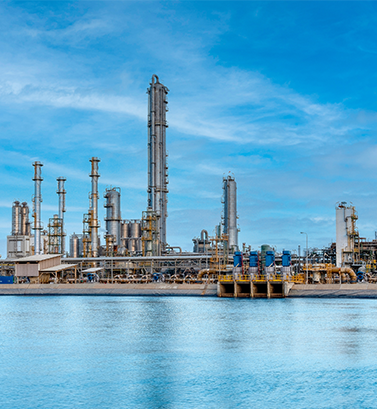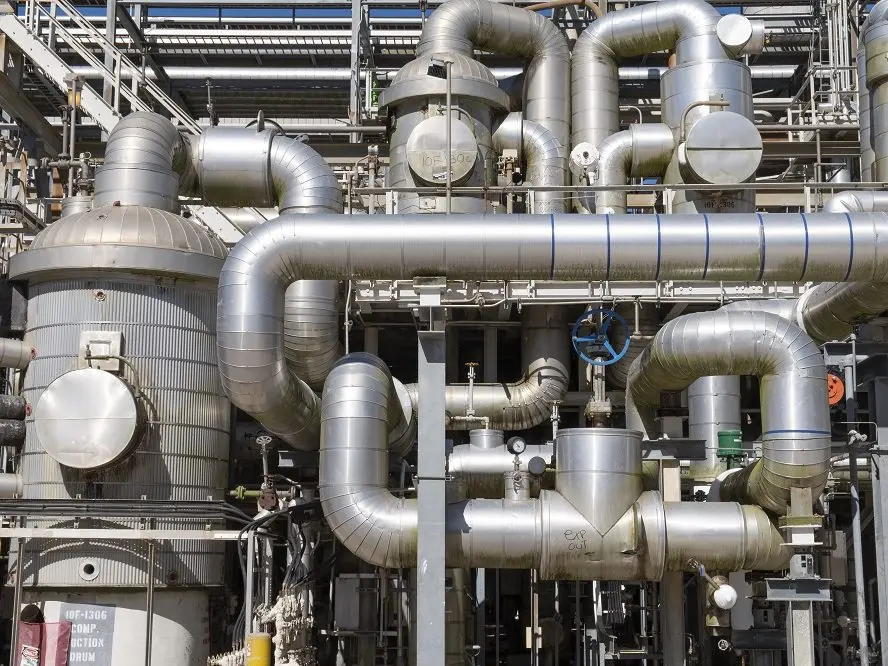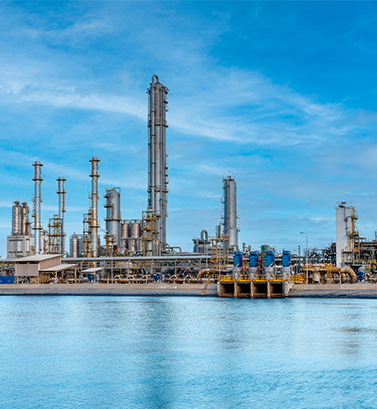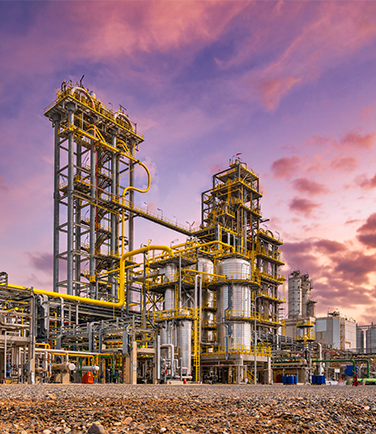In an era where energy efficiency and sustainability are paramount, innovative solutions for managing power are more critical than ever. Among these, thermal storage stands out as a vital technology, fundamentally changing how we approach energy consumption and conservation. It's a cornerstone of advanced energy storage solutions, offering a pathway to greater grid stability, reduced operational costs, and a more effective integration of renewable energy sources. By capturing and retaining thermal energy for later use, we unlock a powerful tool to balance energy supply and demand, ensuring that energy is available when and where it's needed most.
Understanding Thermal Energy Storage
At its core, thermal energy storage involves the temporary storage of energy in the form of heat or cold. This stored energy can then be deployed for heating, cooling, or power generation purposes at a different time. The mechanisms can vary, from simple hot water tanks to sophisticated phase change materials or thermochemical storage. The benefits are manifold: consumers can capitalize on off-peak electricity rates by storing energy when it's cheap and using it during peak hours. For industries, it means enhanced process efficiency and reduced energy waste. For the broader energy grid, this form of storage provides crucial balancing services, helping to smooth out the intermittent nature of renewable sources like solar and wind, thereby enhancing overall grid reliability and resilience.
The Crucial Role of Heat Exchanger Systems
Central to the effective operation of most energy retention systems involving temperature differences are sophisticated heat exchanger components. Such a device facilitates the transfer of thermal energy between two or more fluids—or between a solid surface and a fluid—at different temperatures, without them mixing. In the context of holding heat or cold, heat exchanger systems are indispensable for both charging (storing energy) and discharging (releasing energy) the storage medium. Imagine a large-scale industrial setup, like a refinery or processing plant, with intricately structured stainless steel pipelines. These systems, often featuring robust materials like stainless steel for durability and corrosion resistance, along with precisely engineered valves for flow control, are critical. Large tanks may serve as the storage vessels, while the network of pipes and exchangers ensures that energy is transferred efficiently and safely. The meticulous design of these heat exchange networks is paramount for maximizing the performance and lifespan of the entire installation.
A Pillar of Modern Energy Management
While batteries often dominate discussions about energy storage, the capability to store heat or cold represents a mature, cost-effective, and highly versatile component of comprehensive energy management strategies. Its applications span residential buildings, commercial complexes, industrial processes, and even utility-scale power generation. Unlike electrochemical batteries that store electricity directly, thermal storage often provides a more economical solution for managing heating and cooling loads, which constitute a significant portion of global energy demand. By integrating such systems, we can significantly reduce our reliance on fossil fuels for heating and cooling, optimize the use of renewable energy, and contribute to a more decarbonized energy landscape. The flexibility and scalability of this energy retention method make it an indispensable tool in our arsenal as we strive for a sustainable energy future.
Industrial Applications and Heat Recovery Systems
In the industrial sector, the potential for capturing and reusing thermal energy is immense, particularly when coupled with advanced heat recovery systems. Many industrial processes generate substantial amounts of waste heat. Instead of releasing this energy into the atmosphere, these recovery mechanisms can capture it, and appropriate storage can hold this captured energy until it's needed elsewhere in the facility or for other applications. Complex facilities, such as petrochemical plants or natural gas processing units, rely on highly efficient industrial heat exchangers not just for their primary processes but also for optimizing energy use. These specialized exchangers, built for demanding conditions, play a key role in transferring recovered heat to a storage medium or directly to another process. This integration leads to significant reductions in primary energy consumption, lower operational costs, and a smaller environmental footprint, embodying the principles of resourceful and efficient operations.
Innovations in Thermal Storage Technologies
The field of thermal storage technologies is continually evolving, driven by the pursuit of higher energy densities, improved efficiency, lower costs, and enhanced durability. Researchers are exploring advanced materials, including novel phase change materials (PCMs) that can store large amounts of latent heat, and thermochemical materials that offer the potential for long-duration storage with minimal heat loss. Innovations also extend to system design, with more compact and integrated solutions being developed. Smart control systems, leveraging AI and machine learning, are further optimizing the operation of these energy systems, ensuring they respond dynamically to changing energy prices, weather conditions, and user demand. This commitment to advancement ensures that they will play an even more significant role in future energy systems, aligning with the pinnacle of industrial innovation seen in modern energy infrastructure.
Embracing the Future with Advanced Thermal Solutions
As we navigate the complexities of the global energy transition, advanced thermal storage offers a compelling and practical pathway towards a more sustainable, resilient, and cost-effective energy future. Its ability to decouple energy supply from demand, integrate renewable sources seamlessly, and enhance industrial efficiency makes it an invaluable asset. From reducing household energy bills to optimizing large-scale industrial operations and stabilizing national grids, the applications and benefits are far-reaching. Investing in and adopting innovative heat/cold retention solutions is not merely an option but a necessity for any forward-thinking entity looking to optimize energy management, reduce environmental impact, and secure long-term energy security. The future of energy is efficient, and such solutions are undoubtedly key enablers of that future.





